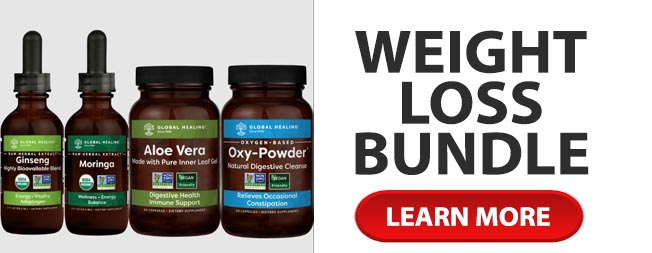Copyright 2006 Howard McGarity
Unless you are already an equipment expert, this article will help you choose wisely so that you can get the best for less.
After making the commitment to begin a diet and fitness program, the first step many people take is to purchase of some sort of exercise equipment. If you do this, it will also be your first big obstacle, simply because the overwhelming selection makes it extremely difficult to know where to begin.
Be careful! This is where many will make their first big fitness mistake. Millions of dollars and countless unused pieces of exercise equipment fill garages and basements across the country, a testament to poor choices and hasty decisions.
The first and best decision you can make, to get the biggest bang for your buck, is to put your credit cards in the deep freeze and ask yourself these simple questions:
1. What are your fitness goals?
What you hope to achieve has everything to do with what sort of workout program you should follow and what equipment you might need. Do you want to primarily lose weight and firm up? Do you want to increase your strength or do you want to really build significant muscle mass?
2. How much experience do you have?
Are you confident that you can design a program to achieve the goals you just outlined? Will you need help with this? Were you a regular exerciser in the past? Have you tried a variety of equipment and for long enough to really get a feel for it?
3. What are the practical considerations of your intended purchase?
How much space do you have? Do you plan to move any time soon? (Some equipment can be the devil to transport.) How much can you afford to spend regardless of what you think you might need? Since the cost of some equipment could equal a three-year gym membership, is joining a gym out of the question?
Now, considering the fact that simple is usually best, and that the fanciest and finest equipment will not get you in shape unless you use it, think about this:
Your goals dictate your exercise plan which in turn affects the equipment you may need. If you have only a little experience with exercise, consider a minimalist approach toward equipment. This will not compromise your progress.
Until you are in an exercise groove; until a lifestyle of physical activity becomes habit, statistics confirm that you probably will not stick with it. Why not create the habit of simply walking before buying a $1,500 treadmill that will likely end up in the garage collecting dust.
Let the success of your exercise program justify the expense, before you make your purchase. You may find that you don’t want a treadmill after all.
The same holds true for strength training. Before buying a multi-purpose home gym, try simple hand weights which are highly effective, inexpensive and all you need to get on track. Bodybuilders actually prefer “free” weights in most cases. If you choose to buy a gym later, you can still use the hand weights.
Once you have made some progress your goals might change. Quite possibly, you will find that your present workouts are all you need. If, on the other hand, you want to expand your exercise possibilities, consider joining a gym for a month or so. Maybe buy a few sessions with a personal trainer. Try out the different machines until you get comfortable. Pay attention to what “gym quality” feels like; some affordable home-style machines can be disappointing.
It is important to know what suits you, before you begin shopping. Without this experience, it is easy to make a premature decision after a brief “test drive” with a salesman breathing down your neck.
Get to know your stuff before spending your hard-earned money. You will know exactly what you need and when a particular piece of equipment feels right. After making an informed decision as to what is best, you can wait and look for sales and bargains.
Most importantly, you will avoid making impulsive decisions, emptying your wallet and ending up with a piece of junk or something you don’t really need.
“Be Strong…. Be Lean” Howard McGarity “Coach Mac”

